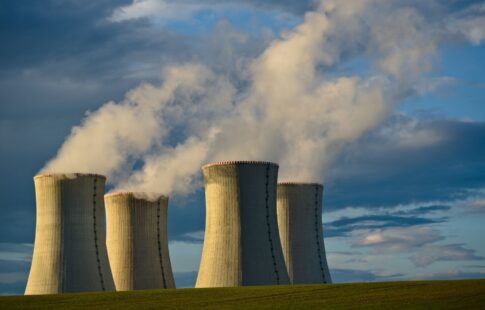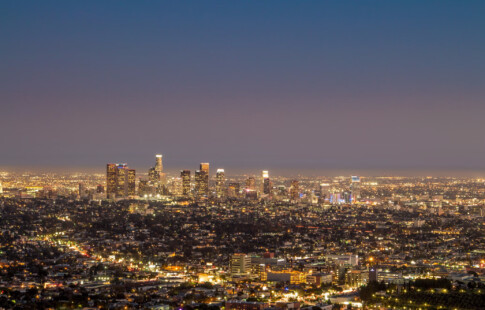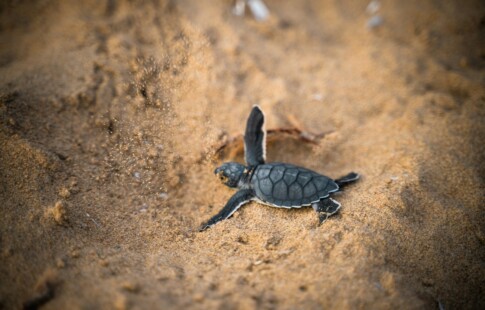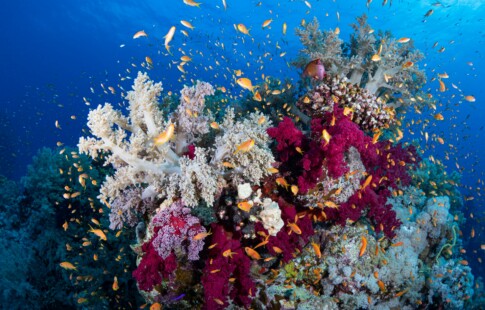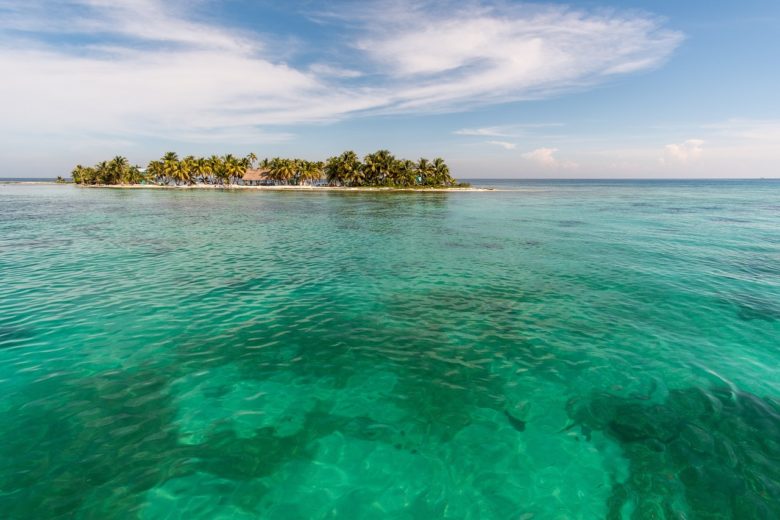
Ocean Acidification: How Carbon Dioxide Is Drastically Changing Our Oceans
We are reader-supported. When you buy through links on our site, we may earn affiliate commission.
When considering the effects of human-caused carbon emissions on the planet, most people would likely say climate change is their biggest concern. Indeed, rising temperatures due to excesses of the greenhouse gas carbon dioxide may lead to rising sea levels, droughts and other threats. But another consequence of burning fossil fuels, called ocean acidification, may have equally concerning implications for life on earth.
Let’s take a look at what ocean acidification is, what it does and how people can stop it from harming ocean biodiversity and human livelihood.
What Is Ocean Acidification?
Ocean acidification is the process by which the ocean’s chemistry changes as carbon dioxide from the atmosphere dissolves into the water. As humans burn fossil fuels and release more carbon dioxide into the air, around 30 percent of it dissolves into the ocean. By absorbing the greenhouse gas, the ocean acts as a sort of buffer for global warming — but scientists have discovered that adding vast amounts of CO2 to the ocean also changes its chemistry to become more acidic.
Acidity is measured on a pH scale from 0 to 14, with zero being highly acidic and 14 being highly basic. When carbon dioxide dissolves in water, the substances combine to create carbonic acid. This weak acid releases hydrogen ions, lowering the pH of the water and binding with other molecules in the ocean.
Though the ocean can handle some carbon dioxide — the gas naturally occurs and makes plant life possible, remember — too much carbonic acid can significantly lower pH levels and begin to affect ocean life. Ocean acidity levels have increased 26 percent since the start of the Industrial Revolution, which is especially concerning when you consider ocean life evolved over millions of years of relative pH stability.
Ocean pH levels currently reside around 8.1, which is still considered basic — a pH of 7 is considered neutral — but even small changes in pH can affect critical biological processes.
What Happens When Ocean pH Lowers?
A slightly more acidic ocean may not seem like a big deal to humans. However, lower pH levels could have substantial ripple effects through the marine ecosystem and food chain.
As carbonic acid releases hydrogen ions, those ions form chemical bonds with other molecules in the water, including carbonate molecules. These molecules are essential building blocks for the shells and skeletons many marine animals like shellfish and corals make. With these molecules taken up by hydrogen ions, many creatures have a harder time building their shells.
Research also suggests that more acidic waters lead to weaker shells and skeletons. In lower pH levels, for example, corals still grow their skeletons vertically but lack the carbonate necessary to reinforce the structure and increase its density. This leaves corals more vulnerable to damage by waves as well as stressful conditions that may lead to a deadly coral bleaching event. In especially acidic waters, calcium carbonate shells and skeletons may actually dissolve.
In addition to harming shell-dwelling creatures, lower pH levels could also hurt other ocean life. Carbonic acid may cause reproductive disorders in some fish, and fish that aren’t affected may still suffer decreased food supplies as some shell-building zooplankton struggle to survive. Further changes to ocean pH levels would likely cause a severe hit to biodiversity under the sea.
How Would Acidification Affect Humans?
In addition to reducing marine biodiversity, ocean acidification could take its toll on the human population, as well, as people rely on the ocean for everything from food to medicine to tourism.
Ocean life provides livelihood and a primary source of protein for approximately three billion people worldwide, according to the United Nations. If acidification cut off food for fish in the ocean, many of these people could lose access to a vital part of their food supply, hurting developing nations and fishing industries especially.
As if that weren’t enough, the destruction of coral reefs due to weakening skeletons, warming water temperatures and coral bleaching would threaten economies in areas dependent on reef tourism.
Though it’s difficult to tell exactly what exact changes acidification may cause, damage to our underwater ecosystems would almost certainly bubble up to the surface to affect human lives, as well.
What Can People Do to Stop Acidification?
Ocean acidification is an environmental problem to rival climate change. It’s convenient that both issues stem from the same cause: excess carbon dioxide emissions.
Because ocean acidification is caused primarily by the mixing of carbon dioxide gas into the water, reduced carbon emissions could help slow or even stop its progress. Currently, humans burn fossil fuels in volumes the ocean cannot handle. But by reducing energy consumption and switching to clean energy sources, people could help maintain ocean pH levels.
Individuals can help slow acidification by fighting for clean energy and conserving power. You can contact your representatives to express your concern or consider donating to a trusted organization like Woods Hole Oceanographic Institution or the National Oceanic and Atmospheric Administration.
You can also take action to reduce stress on marine ecosystems by cleaning up beaches, reducing your use of chemical fertilizers and respecting marine life when swimming in the ocean.
A healthy ocean supports the diversity of life on earth. By taking action to prevent further ocean acidification, you can help protect the marine ecosystem and the many lives that depend upon it.
Share on
Like what you read? Join other Environment.co readers!
Get the latest updates on our planet by subscribing to the Environment.co newsletter!
About the author

Jane Marsh
Starting from an early age, Jane Marsh loved all animals and became a budding environmentalist. Now, Jane works as the Editor-in-Chief of Environment.co where she covers topics related to climate policy, renewable energy, the food industry, and more.
